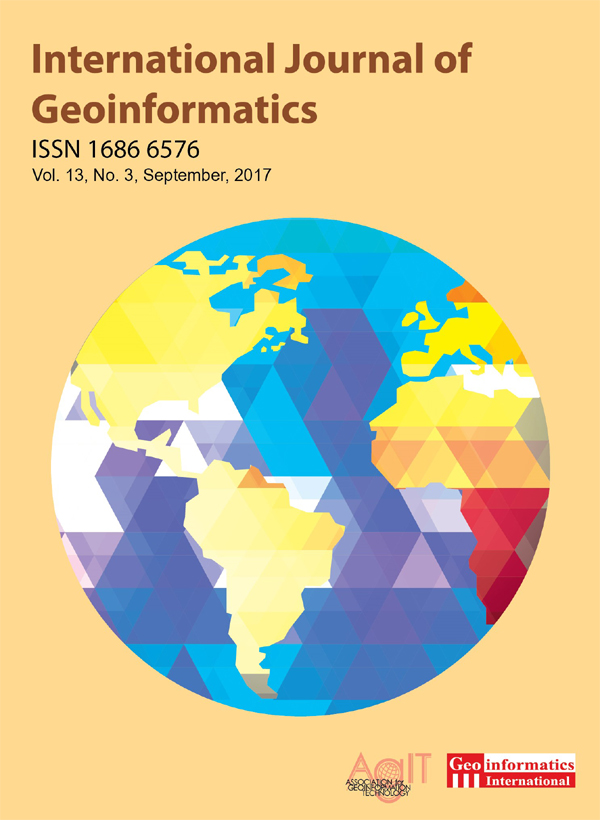GeoICT for Meeting the Needs of Remote Patients Monitoring and Healthcare
Main Article Content
Abstract
Spatial Accessibility, a metric that combines medical resource availability and geographic accessibility, is a key determinant of healthcare access. It affects urban and rural patients and negatively impacts care-seeking, follow-up post-discharge, health literacy, and chronic disease management. Current and emerging Telehealth and Remote Patient Monitoring (RPM) platforms are ideal for patients with significant barriers to spatial accessibility, due to the versatility and adaptability of their modular designs. This review aims to (a) characterize negative impacts of barriers to spatial accessibility and (b) demonstrate potential and current capabilities of telehealth and RPM in mitigating many of these challenges, focusing on streamlining patient discharge from the hospital, improving patient and family health literacy, and supporting chronic disease management.
Article Details
How to Cite
Tripathi, S. (2017). GeoICT for Meeting the Needs of Remote Patients Monitoring and Healthcare. International Journal of Geoinformatics, 13(3). Retrieved from https://ijg.journals.publicknowledgeproject.org/index.php/journal/article/view/1074
Issue
Section
Articles
Reusers are allowed to copy, distribute, and display or perform the material in public. Adaptations may be made and distributed.

